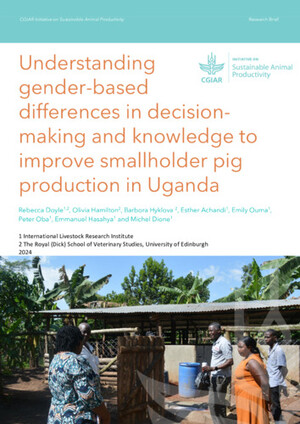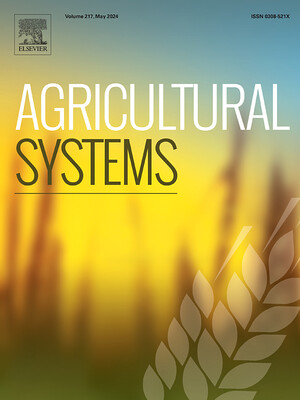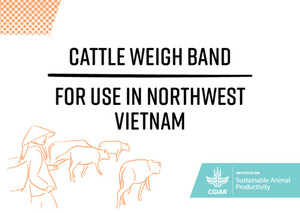
Status and drivers of village poultry production and its efficiency in Ethiopia
Abstract
In many developing countries like Ethiopia village poultry makes up a large part of the national poultry meat and egg production and plays important roles economically, nutritionally, and socio-culturally. Households in Ethiopia have not fully benefitted from the potential of village poultry as little attention is given to the sub-sector from research and development efforts. The little research and development efforts tend to explore improvements largely via technical approaches by overlooking the socio-economic and institutional context under which the producers operate. This study aims to identify the technical, household, infrastructural and institutional drivers or barriers that influence village poultry production and its productivity in Ethiopia. Across sectional survey of 5004 households was undertaken in the four highland regions of Ethiopia. Descriptive statistics and econometric tools such as probit and Heckman’s two stage models and their marginal effects were used to analyze the status and driving factors of village poultry production and productivity. Distance to all weather roads decreased flock size and the probability of poultry ownership. Contact with development agents and participation in training increased flock size and the probability of purchasing inputs and adopting commercial breeds. Flock size and ownership of commercial breeds raised households’ likelihood of purchasing poultry input. Our results indicate that research and development efforts have to improve not only production performance through better use of inputs and technologies but also have to equally emphasize increasing the benefits for smallholder producers by providing infrastructural and institutional support to proper target households.
Citation
Hailemichael, A., Gebremedhin, B. and Tegegne, A. 2017. Status and drivers of village poultry production and its efficiency in Ethiopia. NJAS - Wageningen Journal of Life Sciences 83: 30-38










